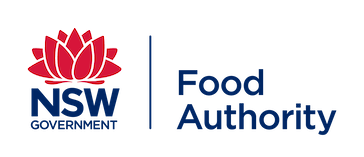Sous vide
Sous vide refers to a process of cooking ‘under vacuum’ in sealed pouches, at precise temperatures and often for a long time. The technology is used in many markets including ready meals for retail sale, catering companies, restaurants and even the home cook.
Sous vide has foreseeable hazards that regulators try to guard against:
- food held in the temperature danger zone (5°C–60°C) for extended periods being potentially subject to bacterial growth
- food stored under refrigeration for extended periods being potentially subject to cold tolerant pathogens
- food cooked at low temperatures for short periods that, in essence, remain raw and may allow pathogenic bacteria and parasites to survive.
New practitioners of sous vide must know how to manage the food safety risks.
Guideline
The NSW Food Authority has prepared a guide on the food safety hazards of cook serve and short term cook chill sous vide foods. It includes information on the service of raw and undercooked foods. The guide contains references and further reading.
- Sous vide – Food safety precautions for restaurants (433KB, 29pp)

Table of contents
Foreword
Contents
Executive summary
Introduction
- Sous vide processing
- Concerns about food safety
Food safety hazards
1.1 Low temperature cooking – bacterial growth
1.2 Product cooling – bacterial growth
1.3 Extended refrigerated storage of food – botulism
1.4 Extended refrigerated storage of food – listeriosis
1.5 Product reheating – bacterial growth
1.6 Serving raw or undercooked foods – infectious bacteria, parasites or viruses
Conclusion
References
Appendix: Variation to the 4-hour/2-hour rule
A factsheet with the key risk management points is also available as a quick reference:
